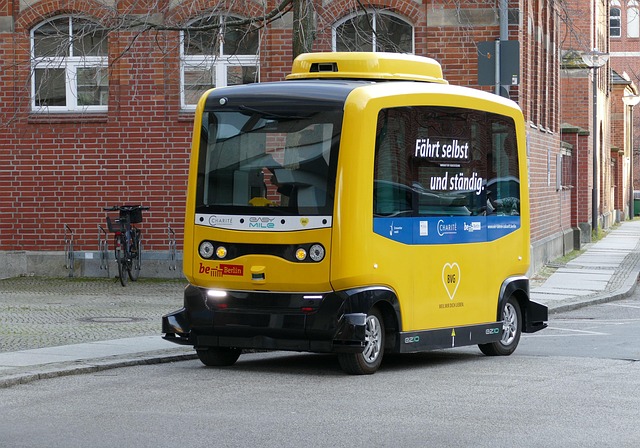As we stand on the brink of a new era in transportation, the rise of autonomous vehicles brings not just a promise of safety and convenience, but a transformative vision for sustainable development. We find ourselves in a world filled with pressing environmental challenges, and this innovation could very well be the key to reducing our ecological footprint.
Imagine a future where transportation is seamless, efficient, and, above all, environmentally friendly. Autonomous vehicles are being designed with advanced technologies that optimize routes, minimize traffic, and maximize fuel efficiency. By incorporating artificial intelligence and machine learning, these vehicles learn from their surroundings, making split-second decisions that not only enhance safety but also reduce energy consumption.
The concept of sustainable development is intricately tied to our transportation methods. As cities grow and populations increase, the demand for mobility intensifies. Conventional vehicles have contributed significantly to air pollution and greenhouse gas emissions. The shift towards autonomous vehicles aligns perfectly with the principles of sustainable development because they can operate in a way that lessens our impact on the planet. With electric and hybrid models leading the charge, we are looking at a future where most vehicles run on renewable energy, effectively paving the way for a carbon-neutral world.
Moreover, the integration of green technologies into the design and manufacturing of autonomous vehicles plays a critical role in this evolution. Innovative battery technologies, recycling initiatives, and sustainable materials are helping to create vehicles that not only promise lower emissions but do so while minimizing their lifecycle impact. With a focus on circular economies, manufacturers are already planning for a future that prioritizes sustainability at every turn, from production to end-of-life processes.
As we embrace this change, we must also consider the broader implications of autonomous vehicles on urban planning and infrastructure. The potential for reduced congestion translates into shorter commute times, less road wear, and ultimately, lower emissions. Cities can redesign spaces to prioritize pedestrians and green areas rather than just being dominated by conventional traffic. Picture cityscapes with greener parks, vibrant urban gardens, and healthier air quality as the norm rather than the exception.
In essence, the journey towards a sustainable future driven by autonomous vehicles is not just about technological advancement; it’s about fostering a cultural shift towards ecological mindfulness. It represents a collective commitment to reducing our ecological footprint and paving a path to a cleaner, greener planet for generations to come.
The transformation is not just in the vehicles themselves, but in our adoption of new mindsets and practices that prioritize the health of our planet. Each advancement in this field reaffirms our capability to innovate responsibly, and with that innovation comes the promise of a brighter, more sustainable future.




